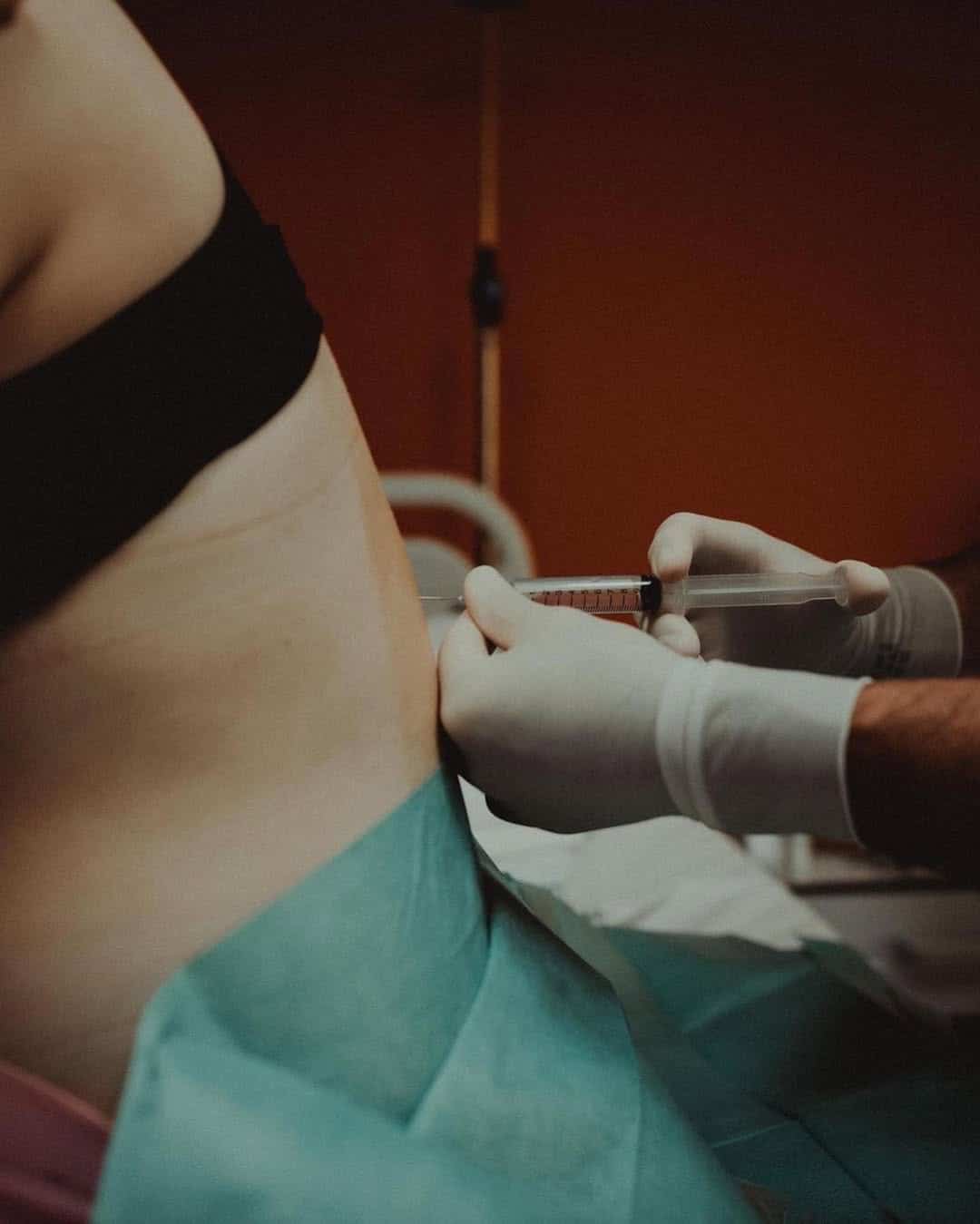Birth What Is An Emergency Caesarean?
What Is An Emergency Caesarean?

In 2019, 36% of all women giving birth in Australia had a caesarean birth (AIHW 2021). While you may not be electing or planning to birth this way, being aware of what happens during a caesarean (and what you can expect from your recovery) is an important part of birth preparation.
There are two distinct reasons why a woman will be required to have an emergency caesarean:
Fetal Distress
The baby’s heart rate is dropping and not recovering: It’s not uncommon for your baby’s heart rate to drop during labour. Often this occurs during a contraction when there is pressure on the umbilical cord (also known as cord compression). However, once the contraction eases your midwife will want to see your baby’s heart rate recover so it has good oxygen stores to get through the rest of labour. If a midwife hears a lag in the heart rate recovery through the doppler, they will put a Cardiotocography CTG on you so they can keep a close eye on the foetal heart rate particularly in response to contractions. When there is a pattern of your baby’s heart rate dipping and then not recovering, there is a chance that your baby is getting hypoxic (they’re not getting enough oxygen). In this instance, your midwife and the Obstetrician on duty will start to discuss the possibility of an emergency caesarean with you.
Labour Dystocia
For many years, the term “failure to progress” was used to explain why a woman’s labour wasn’t progressing and she required an emergency caesarean. However, it is derogatory terminology that suggests the labouring woman has failed and is at fault. Thankfully, it’s no longer used in most delivery suites. The medical term for this situation is Labour Dystocia and it suggests that labour is blocked.
There are two common scenarios that may cause this:
- A woman has stopped dilating: regardless of the gestation or the size of the baby, a woman needs her cervix to dilate to 10cm before she can birth. If the cervix is still present and is not dilating, the midwife may call it labour dystocia. If the baby’s head is in an unusual position and not placing pressure on the cervix, the cervix will not dilate. In this instance a labouring woman will get to a point of maternal exhaustion or the baby’s heart rate will drop.
- The baby will not move through the pelvis: labour dystocia may be diagnosed if a woman is fully dilated but, after hours of pushing, the baby is not moving down the birth canal. This can occur if the baby is not in an ideal position or because of the shape of the pelvis.
How Quickly will an Emergency Caesarean be Performed?
This will depend on the reasons for your Caesarean section. Usually, the mother and/or baby most at risk goes first. This means you may have to wait a while, even if you have been told it is an emergency.
There are four categories that describe the urgency of a caesarean section:
Category 1 — an immediate threat to the life of the mother or baby.
Category 2 — there are problems affecting the health of the mother and/or baby but they are not immediately life-threatening.
Category 3 — the baby needs to be born early but there is no immediate risk to the mother or baby.
Category 4 — the operation will take place at a time that suits the woman and the caesarean section team.
Heidi’s Caesarean
Heidi was induced at 39.5 weeks, she birthed via cesarean and her baby boy, Memphis, spent his first few days in NICU with low blood sugar levels. Heidi is brutally honest about her experience as a new mum and she emphasises the importance of preparing not only for your birth but for the fourth trimester, too.
Our Podcast Picks for You
Categories
Related Products
-
Birth Combs: Harness Your Body’s Natural Pain Relief
$24.95Crafted from smooth, natural wood, our birth combs activate specific pressure points in your hands that trigger your body’s innate pain-relieving responses.
Get your copy of our Perineal Massage Guide in your inbox
Keep Reading
We think you might enjoy these articles
@AustralianBirthStories
Follow along with us
@AustralianBirthStories
Follow along with us
@AustralianBirthStories
Follow along with us
@AustralianBirthStories
Follow along with us
@AustralianBirthStories
Follow along with us
@AustralianBirthStories
Follow along with us
@AustralianBirthStories
Follow along with us
@AustralianBirthStories
Follow along with us
@AustralianBirthStories
Follow along with us
@AustralianBirthStories
Follow along with us
@AustralianBirthStories
Follow along with us
@AustralianBirthStories
Follow along with us









